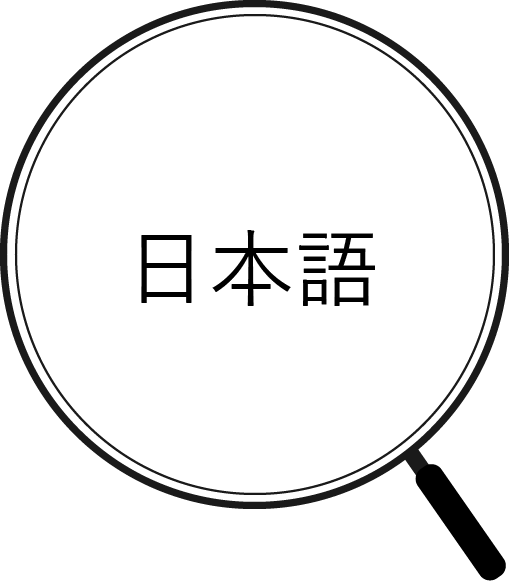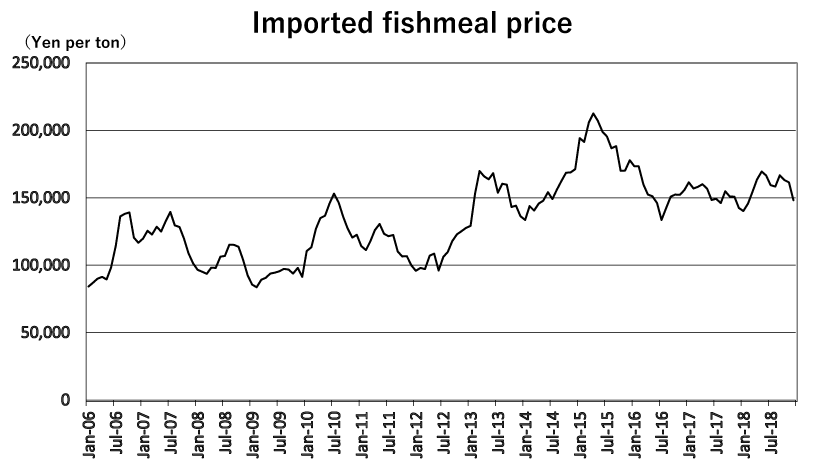


Euglena Feed
Euglena is rich in nutrients and is being used in animal feed. Unlike food products for people, feedstuffs are free from preconceptions about euglena and resistance to eating it for the first time, making it relatively easy to expand market share.
Advantages of Euglena Feed
High Protein
High-protein feeds have traditionally been used for the purpose of efficient growth of livestock. Cattle originally eat plant-based feed such as grass and straw, but by feeding them protein-fortified feed containing beef bone meal, fish meal, and other ingredients, beef cattle can gain weight faster, and dairy cattle can be milked more, increasing the profitability of the livestock industry.
Euglena is not only rich in protein, but also has a good balance of amino acids and phytonutrients at the same time. It can also be used as feed for livestock such as pigs and chickens. Cattle raised using euglena as feed, which has a good balance of amino acids, are said to be tender and tasty, and can be valued as premium-branded beef ", with euglena as feed.
This kind of food grown by feeding on euglena can be eaten without hesitation even by people who are not willing to directly eat euglena, and it has potential as a business.
High Safety Feed
As mentioned above, beef bone meal is sometimes added to feed in order to make it high in protein, but in the 1990s, there were cases of BSE infections spreading when feed containing the brains and spinal cords of cattle infected with bovine spongiform encephalopathy (BSE) was fed to other cattle. In contrast, since euglena is natural, there is no such danger, and since it is also rich in nutrients, there is no need to add chemical nutrients. Therefore, it is easy to control the quality of the raw material and it is a safe feed.

Taste That Fish Like
Carnivorous fish such as eel, red sea bream, and yellowtail, which are farmed in Japan, do not eat much of the food containing soybean or rape oil meal that is fed to them for protein, and need to be fed feed containing fishmeal. Euglena, which also has animal-like characteristics, is eaten by these carnivorous fish, and is attracting attention as an alternative to fishmeal.
Stability of Supply and Price
As mentioned above, in order to farm some carnivorous fish, it is necessary to feed them with feed made from fishmeal. However, the import price of fishmeal has been rising in recent years, reaching as high as 212,538 yen (yen/ton) in April 2015. In the most recent years, prices have calmed down a bit, however, the Food and Agriculture Organization of the United Nations (FAO) believes that high levels will continue due to strong global demand.

This is due to the economic growth of developing countries such as China and the international fish-eating boom, which has increased the demand for farmed fish. On the other hand, the supply of fishmeal is limited because the raw material for fishmeal is discarded fish that are too small, damaged, or left unsold in the market. This is why the price of fishmeal is so high.
In contrast, since euglena is planned and produced in a plant, the supply can be adjusted to the demand and the powdered form can be stored for a long time. As a result, supply and price stability are high. Unstable supply and prices can have a serious impact on business management, making it impossible to make even a management plan. For this reason, it is believed that euglena feed, which has a stable supply and price even if the price is slightly higher, will become popular.
Health Promotion for Livestock and Farmed Fish
There are reports that feeding fish with euglena feed reduces the mortality rate of young fish, and that feeding chickens with euglena feed increases the amount of taurine in their muscles, a substance that helps maintain the body and cells in good condition, and is also effective in lowering blood pressure and strengthening liver function. As a result, the health-promoting effects of euglena feed are attracting attention.
Current Status of the Spread of Euglena Feed
In 2015, Euglena, a company that conducts business using euglena, started research on raising the brand-name Jidori chicken "Hinai Jidori" on euglena feed, and obtained results such as change in the color of fat" and "improvement in ingredients involved in umami" for chickens raised on euglena feed. In 2018, the company developed a brand of Jidori chicken, "Midori", raised on euglena feed and used in restaurants.

Also in 2016, Euglena and JA Zenno Central Laboratory for Animal Feed and Livestock Production" signed a joint research agreement for the utilization of euglena in animal feed. The agreement aims to utilize the non-fat euglena produced in the production of euglena fuel.
In 2017, a joint study conducted by Euglena and Associate Professor Takehiro Nishida of Obihiro National University of Agriculture and Veterinary Medicine, Division of Life and Food Sciences, confirmed that replacing a portion of the feed fed to ruminants (sheep) with euglena powder was effective in reducing methane emissions from sheep.
Also, in 2017, a joint study between Euglena and Higashimaru showed that feeding euglena to prawns improved their meat quality.
In this way, research and development of euglena feed is being carried out in preparation for its full-scale commercialization.
This site is participating in the 23nd Japan Junior high school/high school Web contest(第23回全国中学高校Webコンテスト).
